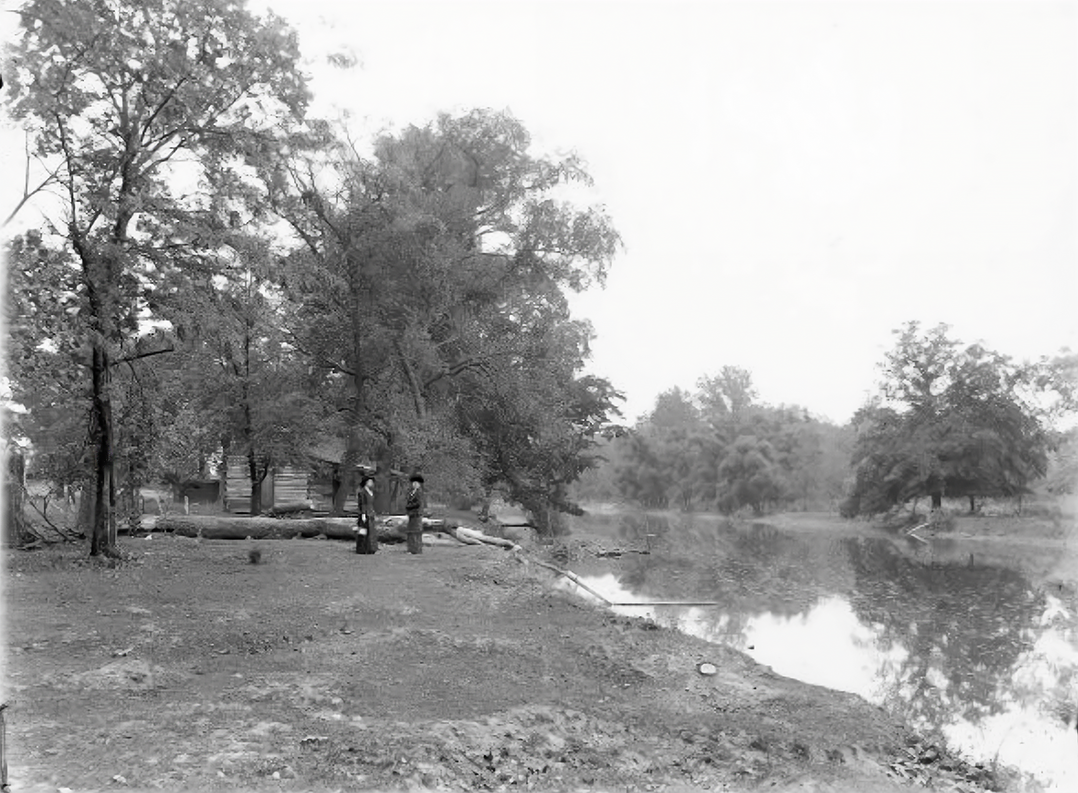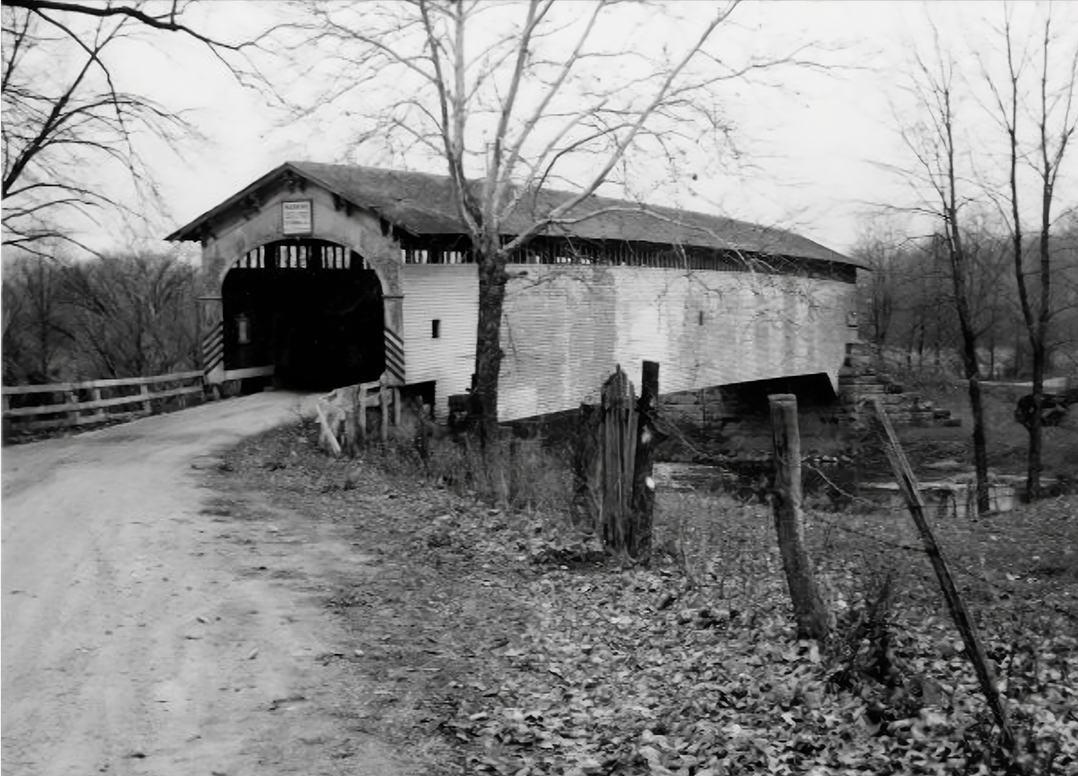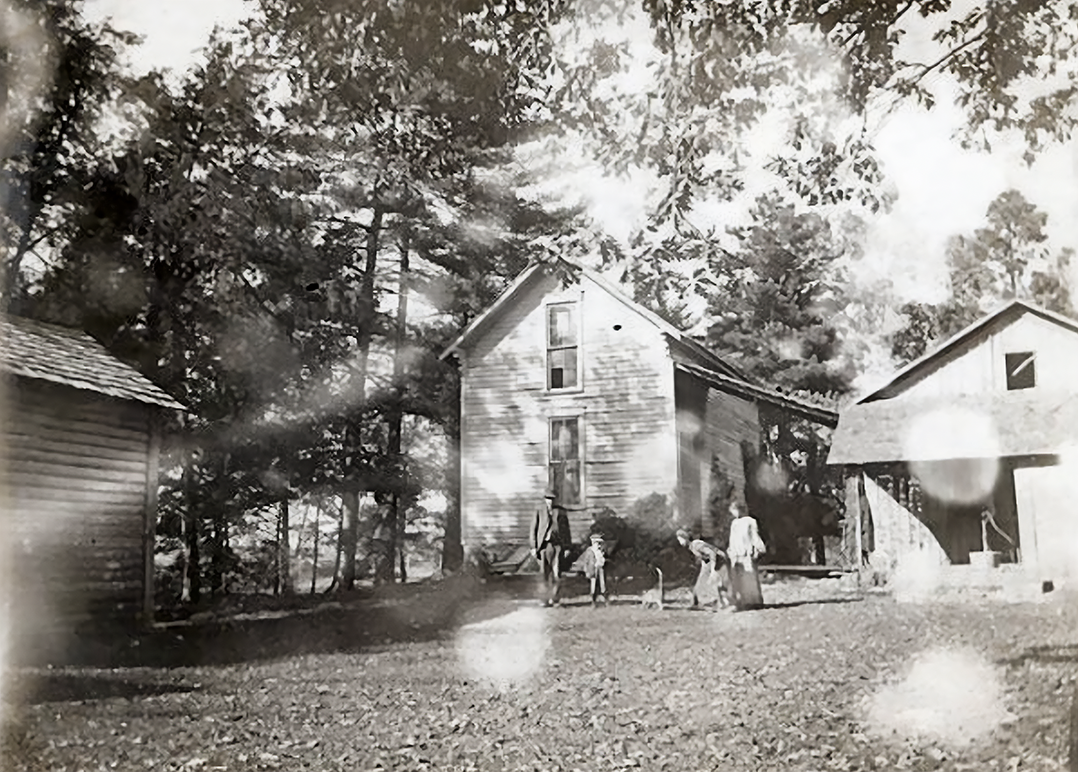For more than 100 years, a small farm community bridged the county line between Hamilton and Marion counties. Founded in the 1830s, families lived and farmed in Germantown until Clarence Geist implemented his plan to create a reservoir that would help supply the water needs of a growing Indianapolis.
Geist, through his Indianapolis Water Co., bought out all the homes and land, and the reservoir — which opened for business in 1943 — flooded the area Germantown once occupied.
Robert Bowling is with the Fishers Historical Society and will co-host a presentation about Germantown at 11 a.m. Sept. 23 at the Fishers Library. He said the event will focus on what life was like for the residents of Germantown before Geist Reservoir, and he hopes descendants of those residents will attend and share their own family stories.
“One of the things that we’re trying to do is make it a little bit more personal, not just kind of retell the history, but see if we can get a human perspective of the people who lived there and what life was really like in Germantown,” he said.

Bowling said Germantown was founded in March 1834 by the Beaver brothers — John, Solomon and George — who moved to the area from Ohio. As far as it’s known, they were not German. Many of the other town residents also were not German, Bowling said. So, why was it called Germantown? He said there are a couple of possible explanations.
“One is that a lot of times towns were named after famous battles,” he said. “The battle of Germantown (in 1777) took place in Pennsylvania. Another plausible explanation is that the Beaver brothers came from Ohio and there was a town called Germantown in Union County, Ohio, and a lot of times when (people founded a) new town, they would name it after a town that they had come from.”
Bowling said there are some myths surrounding Germantown that will be addressed during the library presentation.
“I don’t know how many times I hear people say, ‘Oh, there’s a whole city buried underneath the lake,’” he said. “I’m like, no, not really. There’s not a church steeple poking out of the water.”
Bowling said there might be some foundations buried in the mud, but no buildings remain. In fact, he said, wood from Germantown structures was taken to Fortville and used as building material there.
Another myth is that Germantown was founded by a group of primarily German residents who were upset after an Indigenous Algonquin had been killed in nearby Oaklandon. Bowling said he has been working with a historian for the Indiana German Heritage Society, who told him that doesn’t appear to be plausible.
There is historical evidence about the Beaver brothers as the town’s founders, though.
The brothers applied for and established the town’s post office in 1837, Bowling said, and in time Germantown had a general store, a blacksmith shop, a shoe repair shop, a flour mill and a sawmill. Bowling said the town lost the post office in 1870, when it moved to Oaklandon.
Bowling said he has applied with the state for a historical marker commemorating Germantown. He’ll find out in September if the marker is approved, and then the Fishers Historical Society will do some fundraising to pay for it. Bowling said they already have a spot picked out at Geist Marina, next to the pier.

According to “A History of Geist Reservoir and Germantown” — an online document compiled by Jennifer Gal — the former Germantown was on Fall Creek’s north bank, with residents in Fall Creek or Lawrence township, depending on which side of the county line their property fell.
“The town consisted of about 20 lots along … Main Street (also known as Germantown Road), now the entrance road to the Geist Sailing Club,” the document states. “The burg (lay) between two bridges, one about a half mile eastward, the other equidistant southward. The former was Fall Creek Township’s first bridge ever to span Fall Creek. It had been built in 1836 by four local residents but was washed away in 1847 by an overflow of the creek. The southern bridge began as a swinging footbridge that the children would cross when walking to Craig School, about a mile south of town.”
Gal’s husband was the owner of Log Cabin Animal Hospital on Fall Creek Road in Fishers. In the document, she explains that the building is the oldest structure in the Geist area and was very close to the former Germantown site. The history intrigued them both, she stated, and they started looking into the history of that community.
The online history compilation, which includes historical photos, can be found at oaklandon.deburger.com.
For more on the library presentation and to register to attend the free event, go to hepl.evanced.info/signup/calendar. Look for the Sept. 23 event called “What’s Lost Beneath Geist Reservoir?”

If you go
What: “What’s Lost Beneath Geist Reservoir?” a presentation by the Fishers Historical Society about the community of Germantown, which was flooded to create Geist Reservoir
Where: Fishers Library – Fishers Center
When: 11 a.m. Sept. 23



